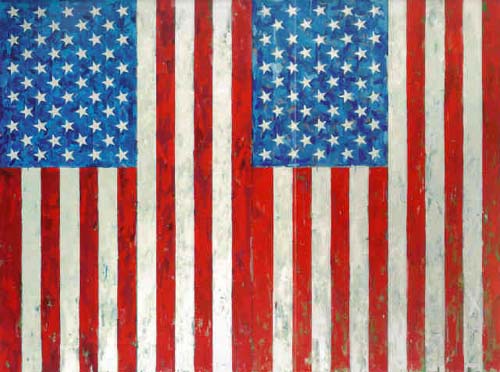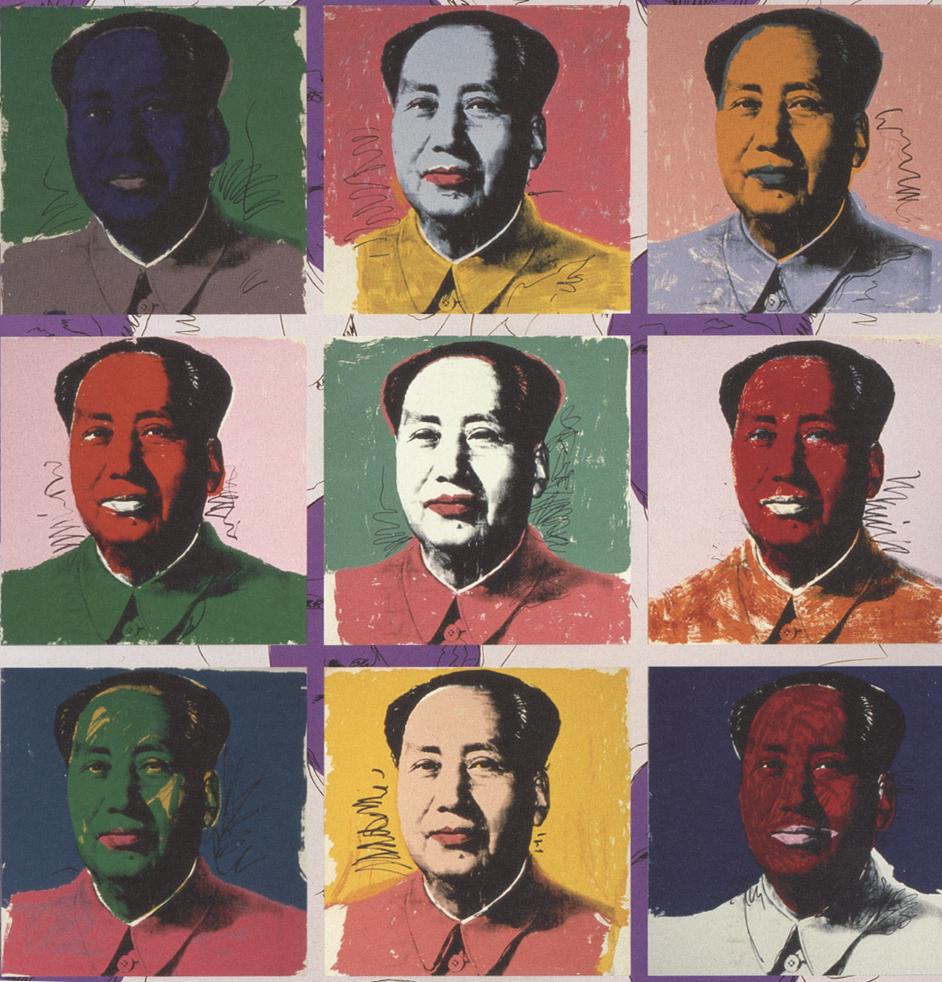Pauline Boty was a central figure in Swinging London in the 1960s.
As a new show aims to restore her forgotten reputation, the hunt for her lost
paintings goes on
Half a century after a sex scandal rocked the British
political establishment and kickstarted the 1960s social revolution, academics
are searching for a long-vanished but highly important painting created at the
height of the 1963 Profumo affair by one of modern art's most extraordinary
"lost" figures.
If found, the work – Scandal '63 by the British pop artist
Pauline Boty – would not only solve the 50-year mystery over the fate of a
painting held to be of exceptional importance: it would also, a growing body of
art historians hope, help return its creator to her rightful place at the heart
of the era's explosion of sexual and creative liberation, and bring to an end
decades of "wilful and conscious" exclusion by the male-dominated art
establishment.
Boty, who died in 1966 aged 28, was a key player in the
frenetic Swinging London social scene that drew together painters, writers,
artists, film-makers, musicians, leftwing political activists and poets.
Scandal '63 portrays Christine Keeler in the iconic Lewis Morley photograph of
that year, astride a chair, while at the top of the canvas, the male
protagonists in the affair are shown. It was last seen in the year it was
painted.
Highly accomplished as an artist and, later, as an actor and
broadcaster, Boty was also exceptionally good looking – a rare beauty that
would later be used by detractors to rubbish her creative talents – as well as
sexually liberated.
Her work was, in the pop art manner, uncompromising, gaudy,
sensational, chaotic and frequently explicitly sexual. On one of her paintings
– 54321, which takes its name from Manfred Mann's theme tune to TV pop show
Ready Steady Go! and features its presenter Cathy McGowan – Boty has written,
in large letters, "Oh, for a fu …" trailing off the canvas edge.
Dubbed the "Wimbledon Bardot" – she initially
trained at the art school there – Boty went on to study at the Royal College of
Art. In 1962 Ken Russell's profile of four of the college's students, Pop Goes
the Easel, featured Boty prominently in scenes she devised herself.
Boty was the 60s incarnate. She was a dancer on Ready Steady
Go! and escorted Bob Dylan around London on his first visit to Britain in the
winter of 1962-63, when the then unknown folk singer had a part in a BBC
television drama, Madhouse on Castle Street, directed by Boty's then lover,
Philip Saville. She played one of Michael Caine's girlfriends in Alfie, and
began to work extensively in TV drama, and on stage at the Royal Court. At the
same time, she became a presenter on an early BBC radio weekly arts review,
interviewing, among others, the Beatles.
Fellow RCA student Peter Blake was one of a long line of men
who fell in love with her. In June 1963 she married literary agent and leftwing
political activist Clive Goodwin. Their flat, on west London's Cromwell Road,
became a key meeting place and party venue for the avant garde, with visitors
including Tariq Ali, poets Christopher Logue and Adrian Mitchell, artist David
Hockney, actor Tom Courtney, Observer critic Ken Tynan, and fashion designer
Celia Birtwell.
In 1965, Boty became pregnant, and during a prenatal
examination, cancer was diagnosed. She declined chemotherapy, fearing that it
could damage her baby, and in July 1966, four months after her daughter, Katy,
was born, she died. Boty's disappearance from art history was swift, with her
paintings gathered up and stored in a barn at a farm in Kent owned by one of
her brothers. A posthumous show of her work was discussed, but never took
place.
Most works by Boty are in private hands. The Tate Gallery
owns just one Boty, The Only Blonde in the World, while Wolverhampton Gallery
has recently acquired Colour Her Gone, one of several Boty paintings of Marilyn
Monroe, created after the star's death.
In the early 1990s, thanks to the work of David Alan Mellor,
professor of art at Sussex University, and curator and art historian Dr Sue
Tate, Boty's slow return to public visibility began. Mellor tracked down and
recovered her art from the barn in Kent – "an extraordinarily moving
experience … I cried", and, with Tate, started the critical rehabilitation
of Boty's work.
Now, 47 years after her death, Boty is set for a comeback. A
major exhibition – the first open to the public devoted to Boty's work – opens
in June at Wolverhampton Art Gallery, with two smaller, related shows in
London. Justice at last, believe her followers.
"For important men to reduce her to the fact that they
were in love with Pauline did immense damage to Pauline," says the artist
and writer Caroline Coon. "After she died, it gave her art no space.
Pauline Boty was as vibrant and decorative as the men around her, an
exceptionally charismatic person.
"Pauline was a complete and dedicated political artist,
doing opinion pieces, acting, theatre design, painting, being the modern woman.
When men artists die young they are turned into romantic icons. When Pauline
Boty died, her art was buried. Then history gets written by a group of men who
are excluding her. That exclusion was wilful and conscious … It was misogyny
and sexism. But now, reality is returning. These women artists were working,
living, loving, doing politics on a daily basis with men colleagues, as
equals," says Coon.
"I remember her vividly," recalls Saville, now in
his 80s and one of Britain's most respected film and television directors.
"She was impossible to forget. Apart from being extremely beautiful she
had a wonderful personality, which could only have existed in the 1960s. She
was 'can-do'. A remarkable person."
Yet despite more than 20 years of intensive searching, at
least three major works by Boty remain untraced. "We don't know where they
are, like Scandal '63, of which we only have photographs," says Tate,
senior curator for the Wolverhampton exhibition. "We just don't know.
There's a painting of Marilyn Monroe, of her chewing beads, which we have seen
in a photograph, and another key work, July 26, which is about the Cuban
revolution. Again, it's known from photographs, and also you get a glimpse of
it in a film about radicals made in 1968.
"Of the missing works, Scandal '63 is the most
interesting and relevant today. It went to the person who commissioned it – but
we don't know who that was."
For Celia Birtwell, who lived with Boty in grandly decayed
student digs in a west London mansion, the artist was "way ahead of her
time".
"We were a bit beatniky," recalls Birtwell.
"I was often spending time in her room, which had a huge brass bed, and a
collage wall. We were all poor. We cooked on her little paraffin stove in her
room. She was beautiful, and tall, and funny, and clever. It was as though she
was on a mission. She was driven. An amazing creature."

.jpg)



























